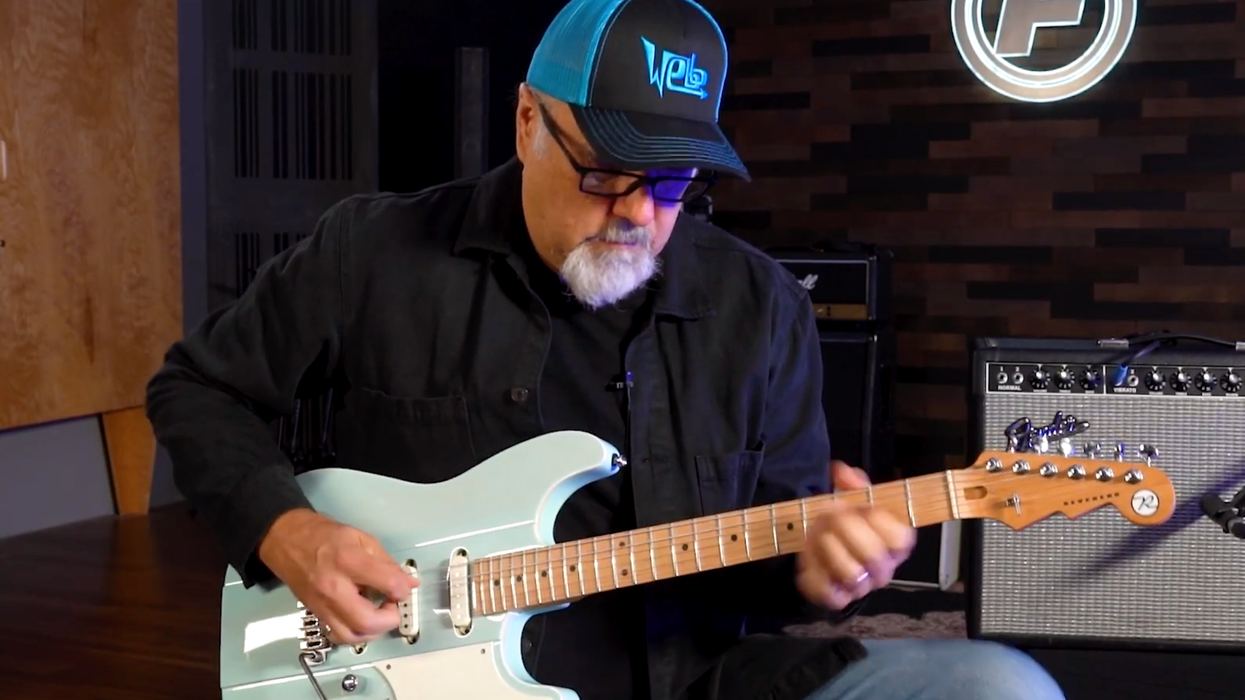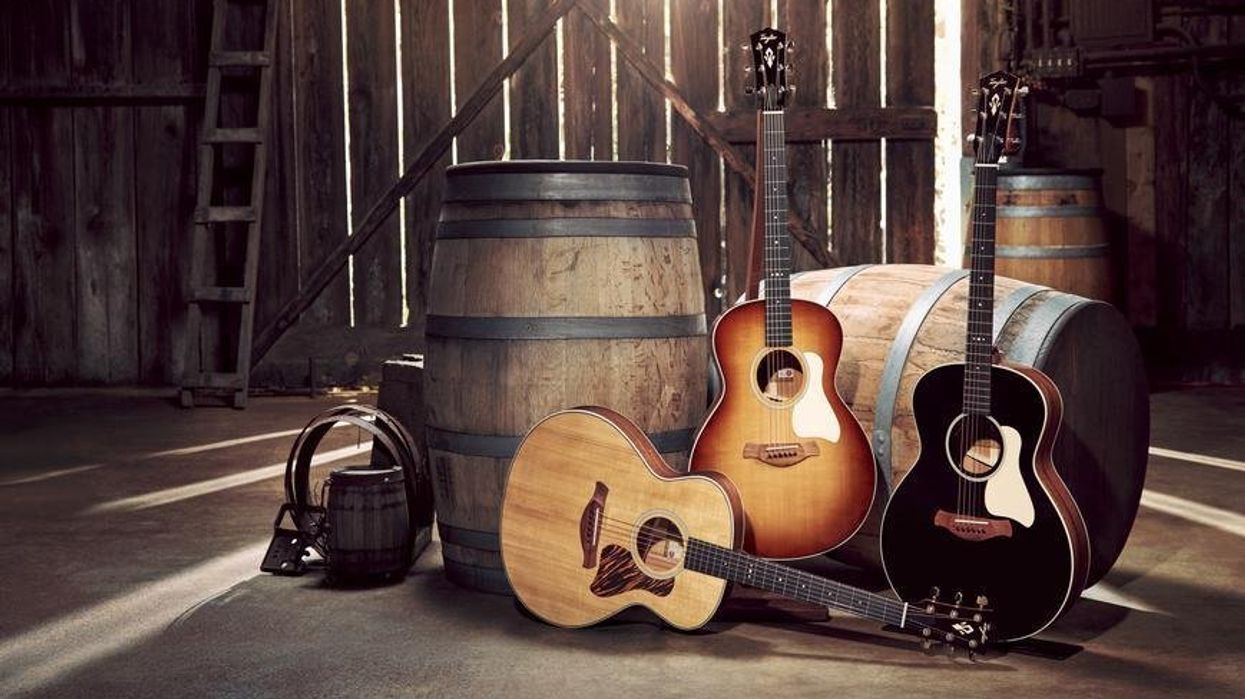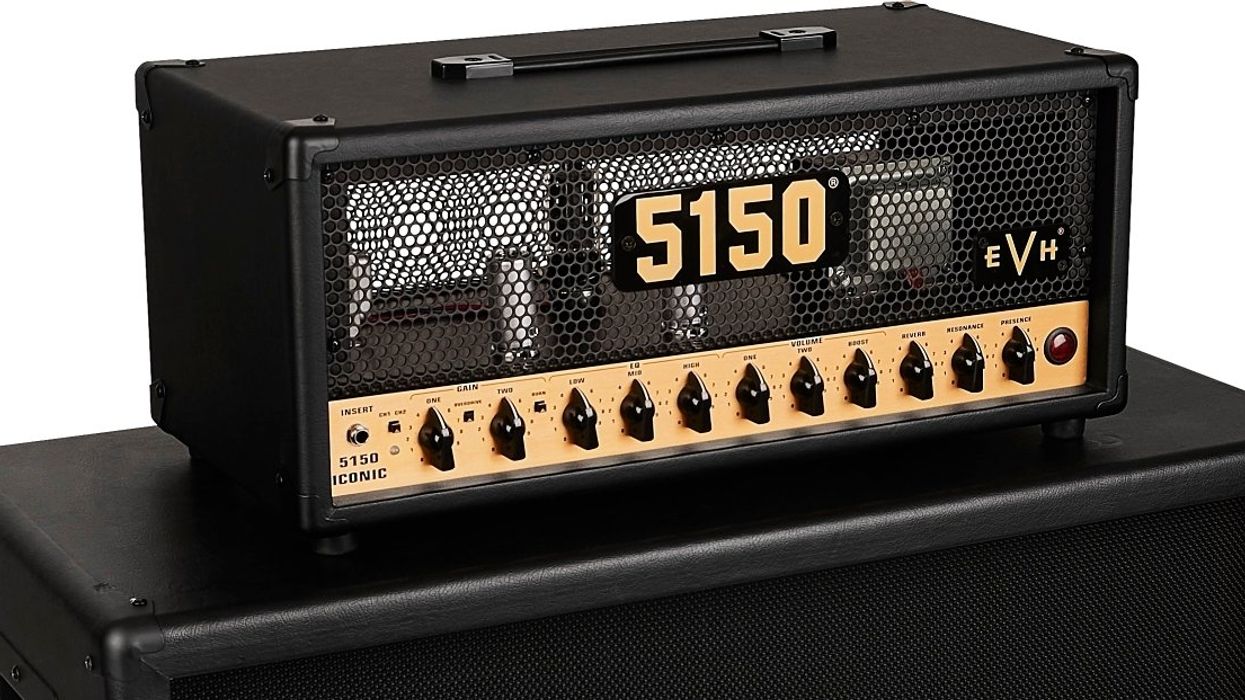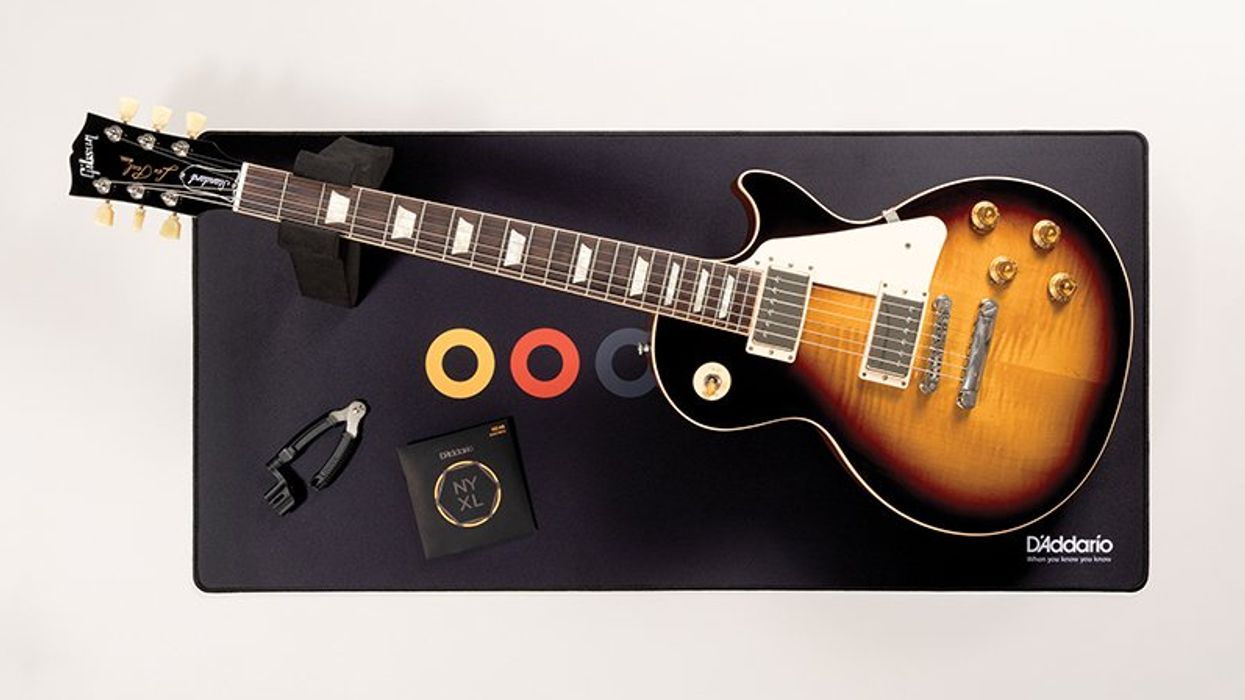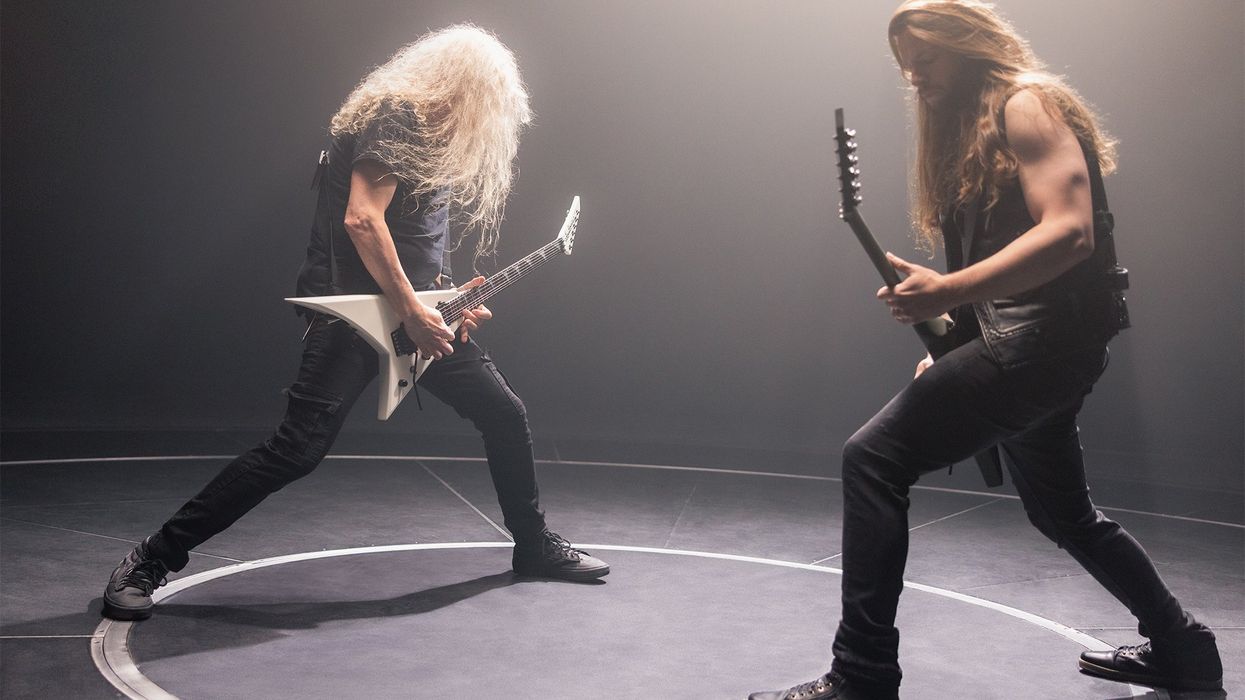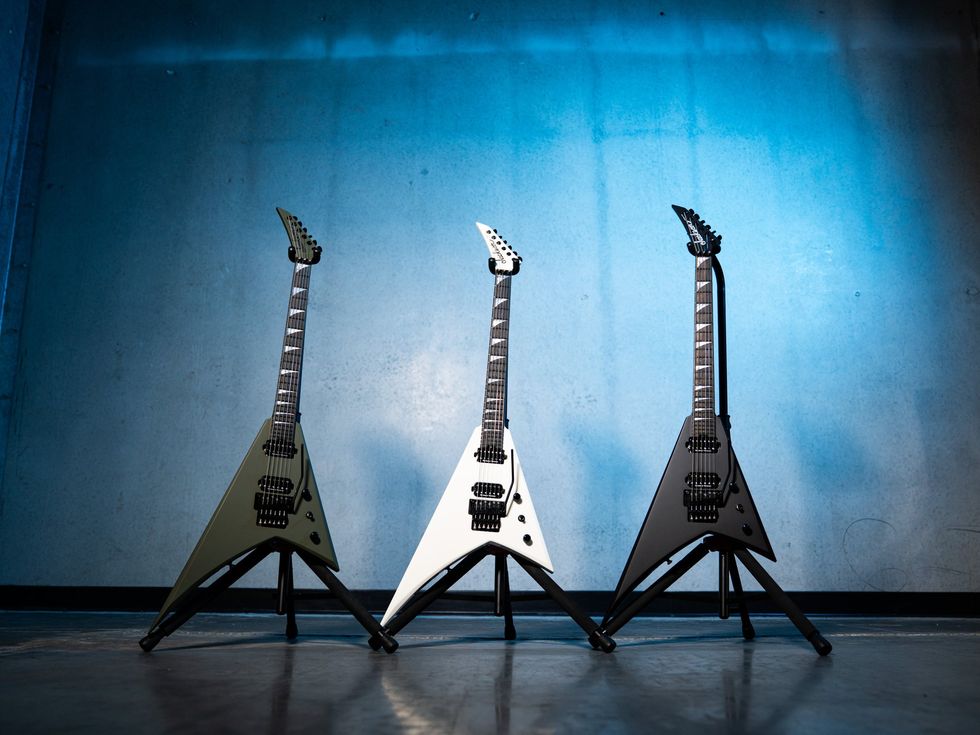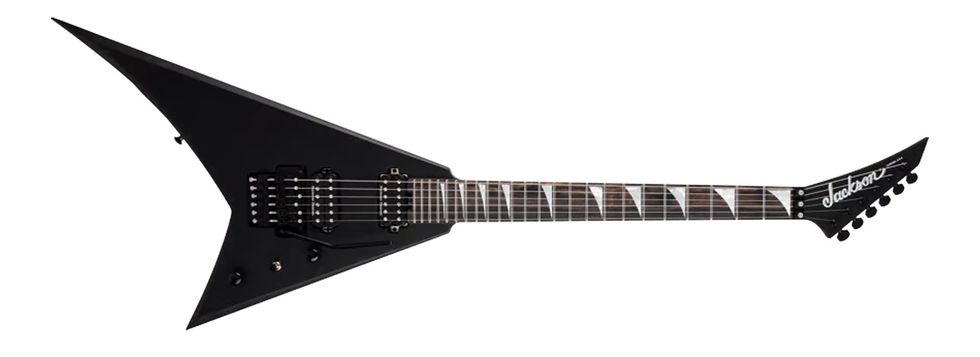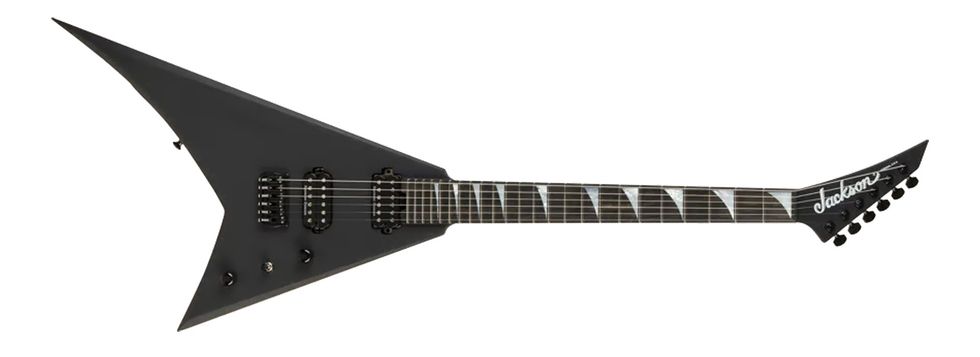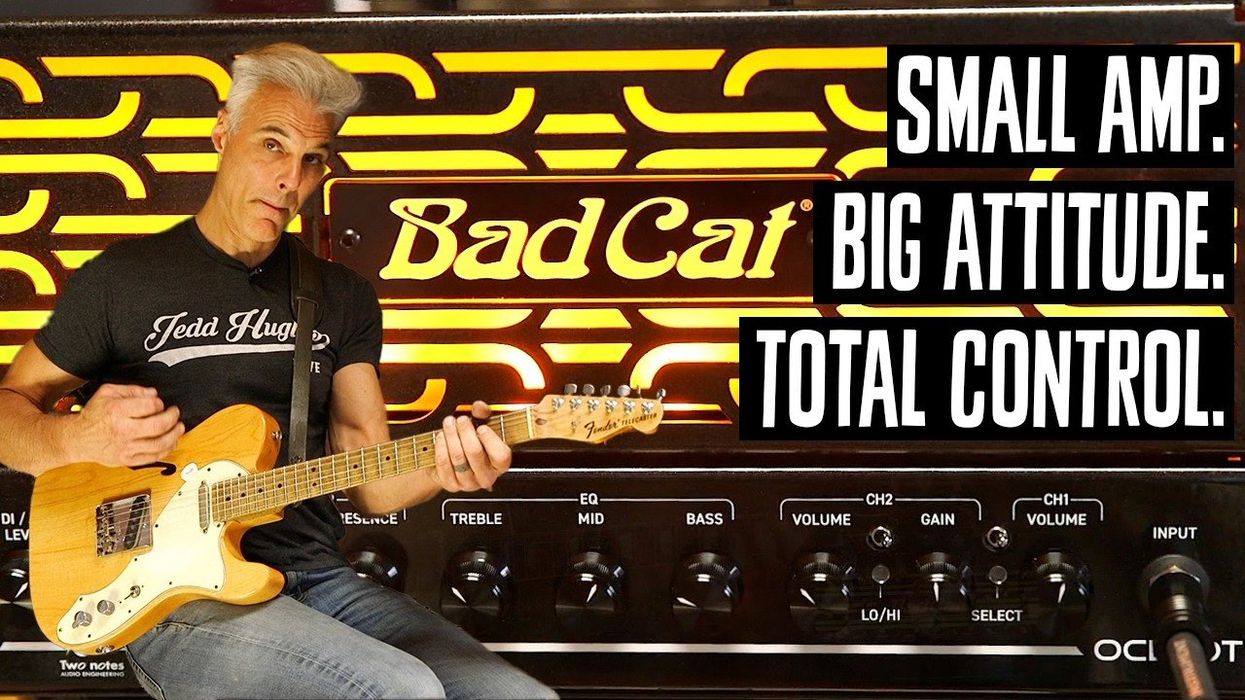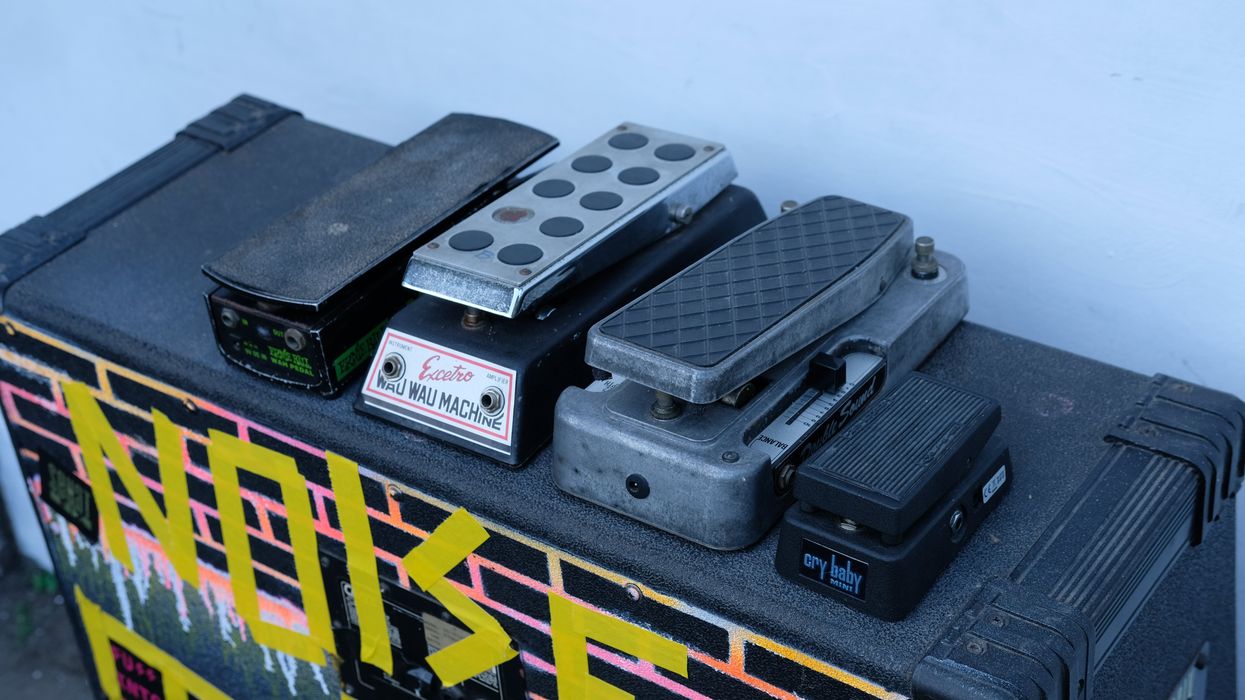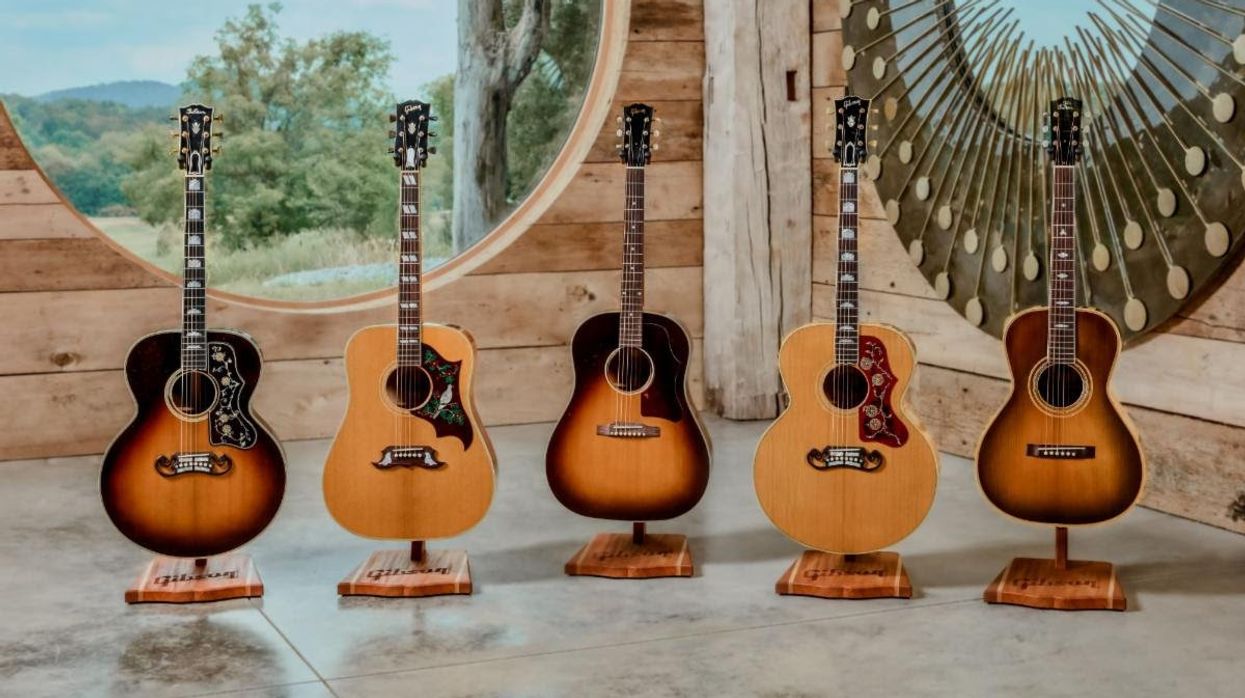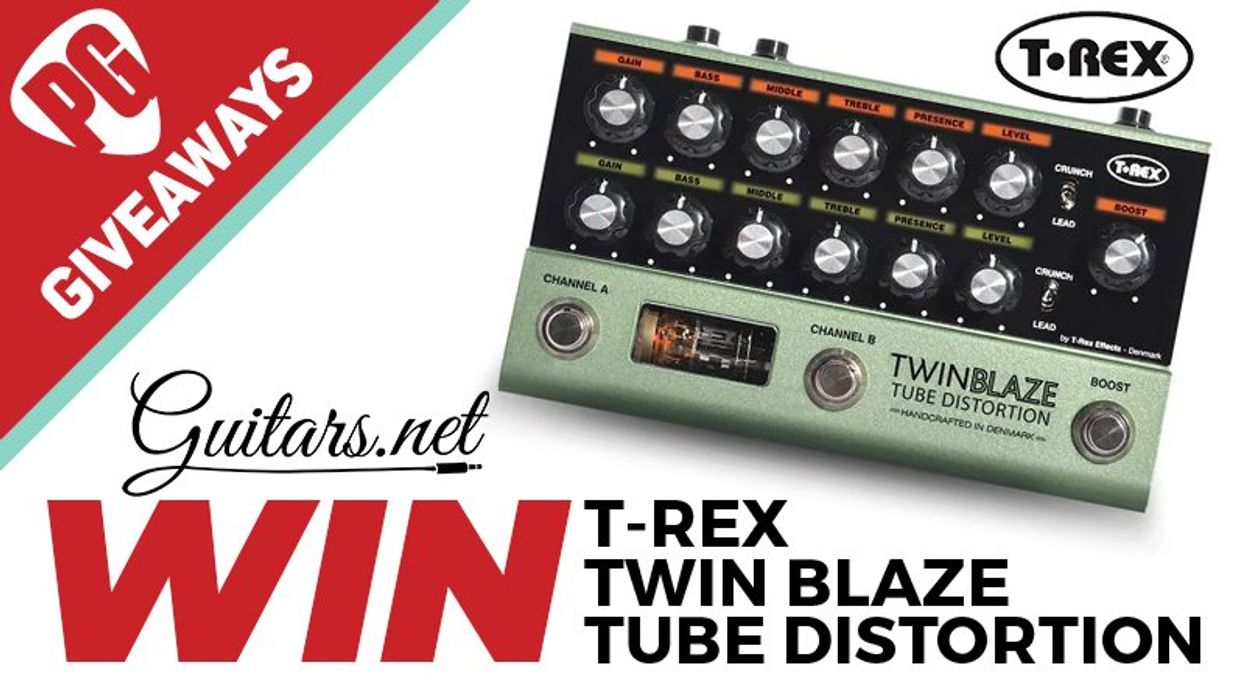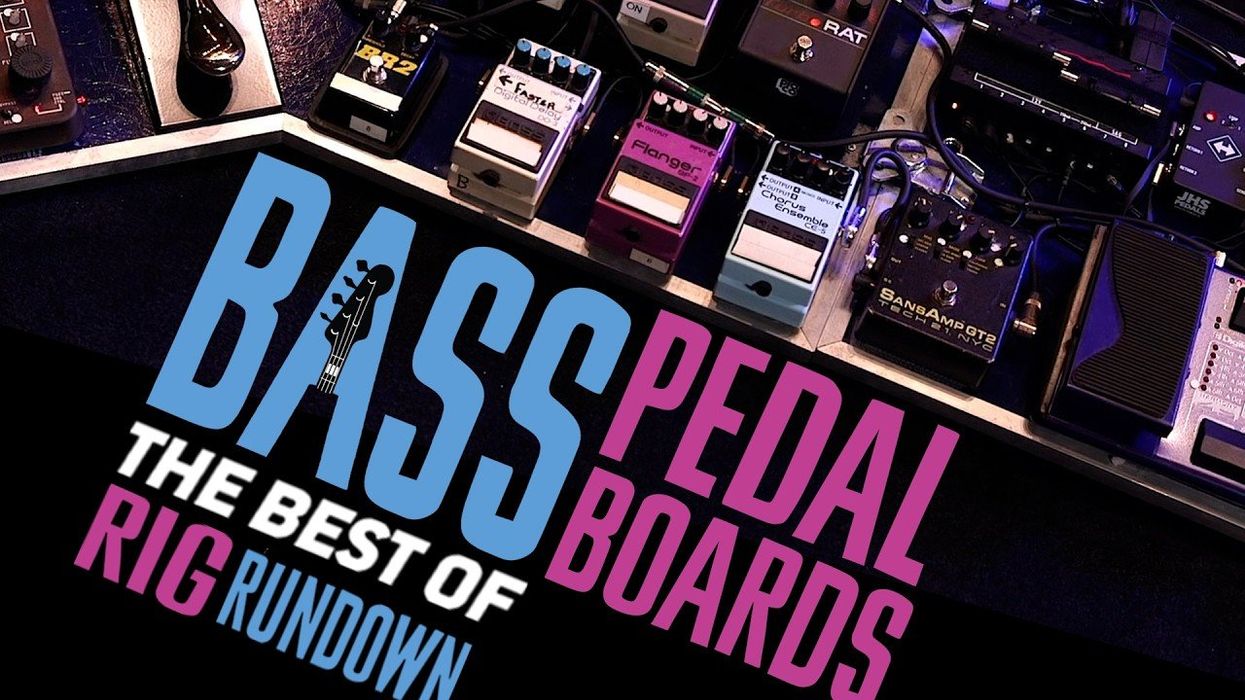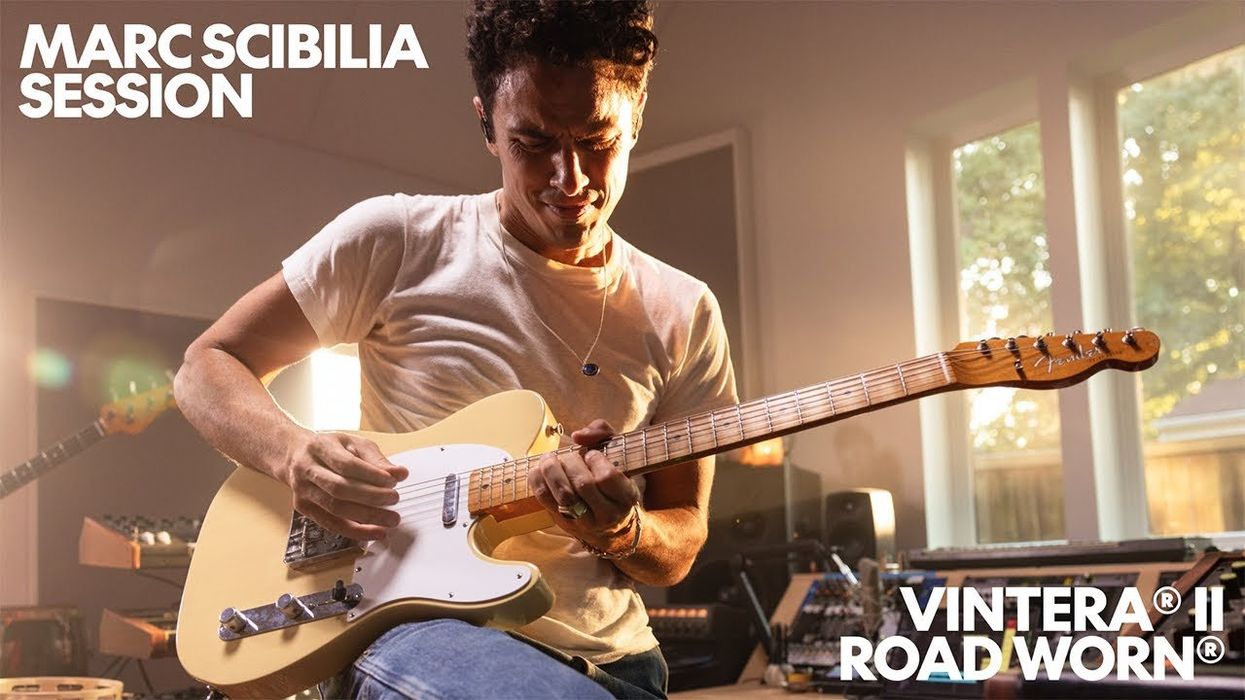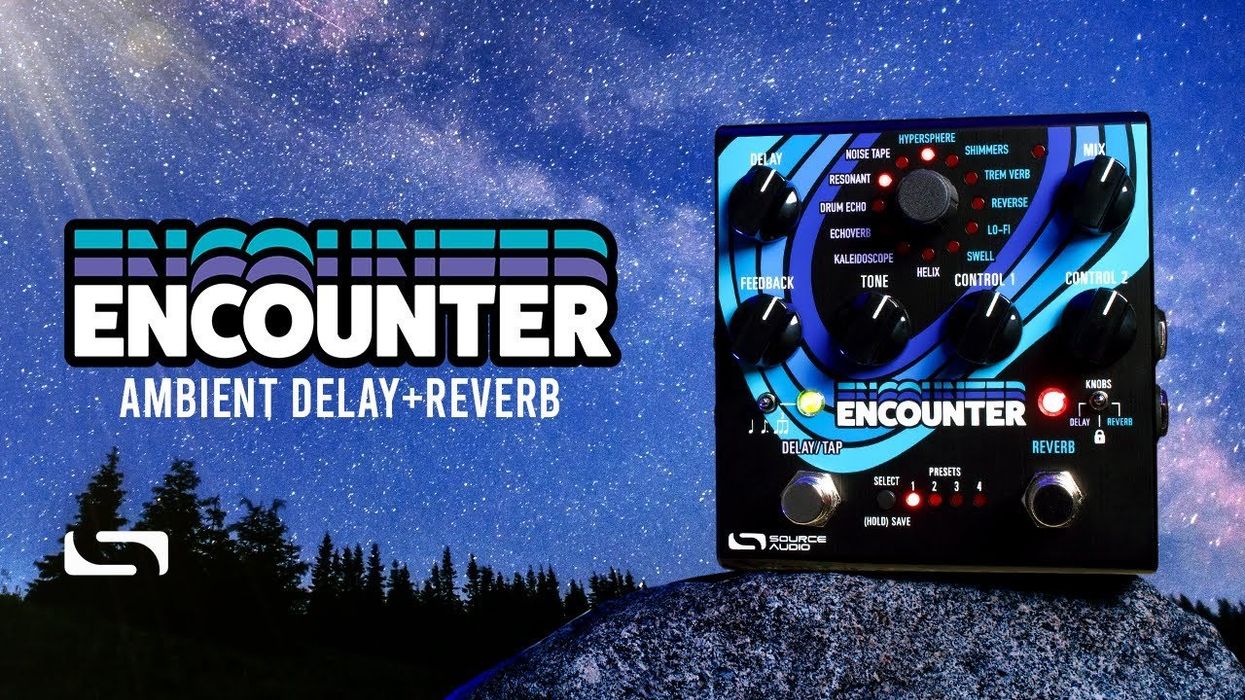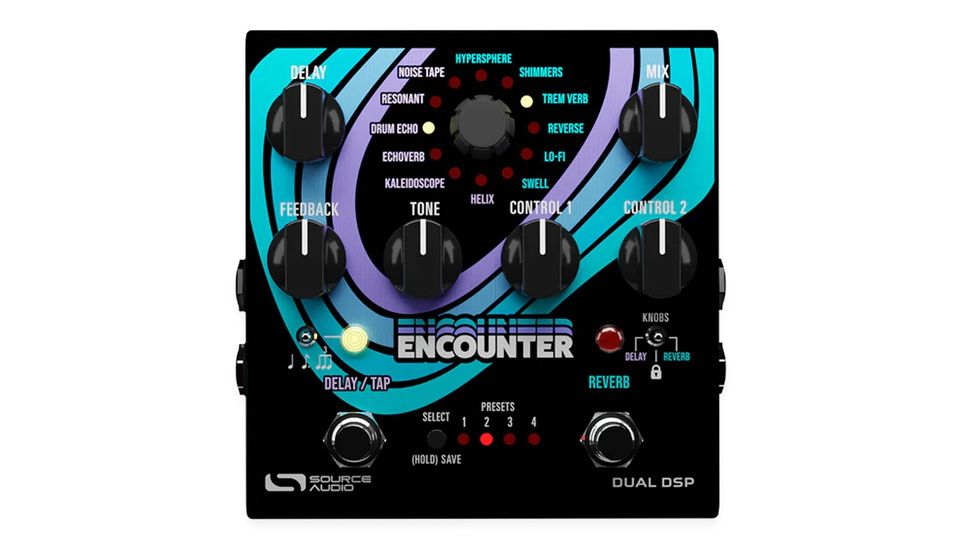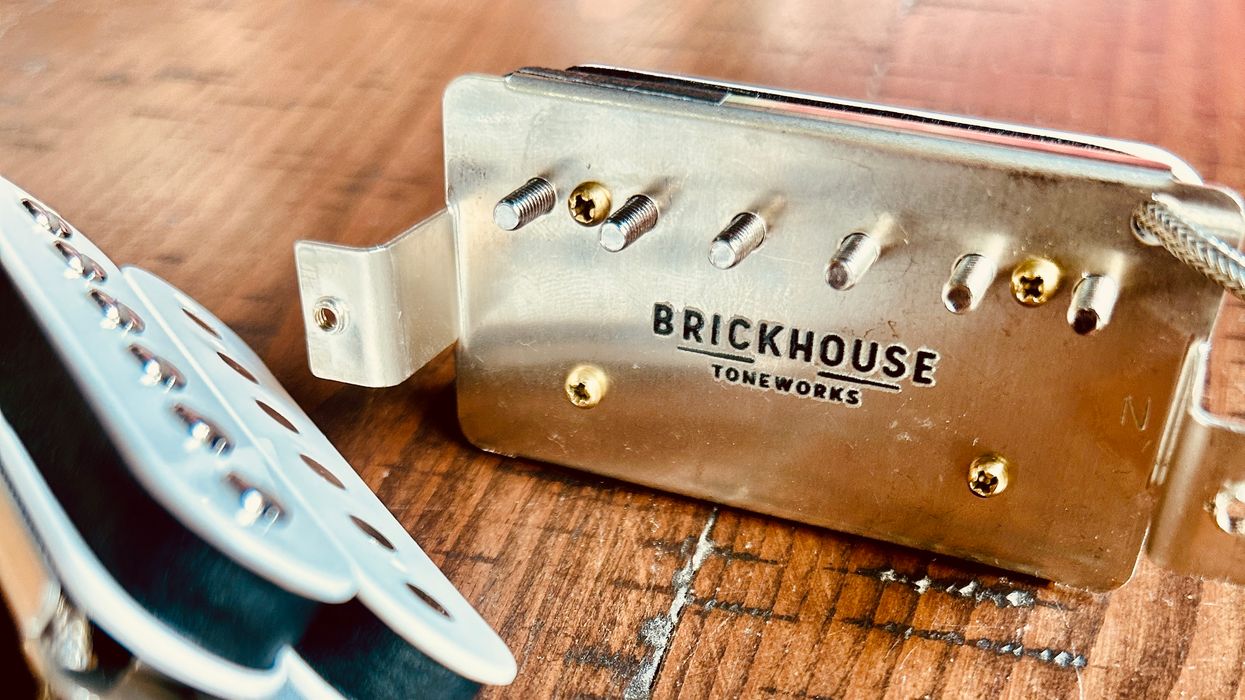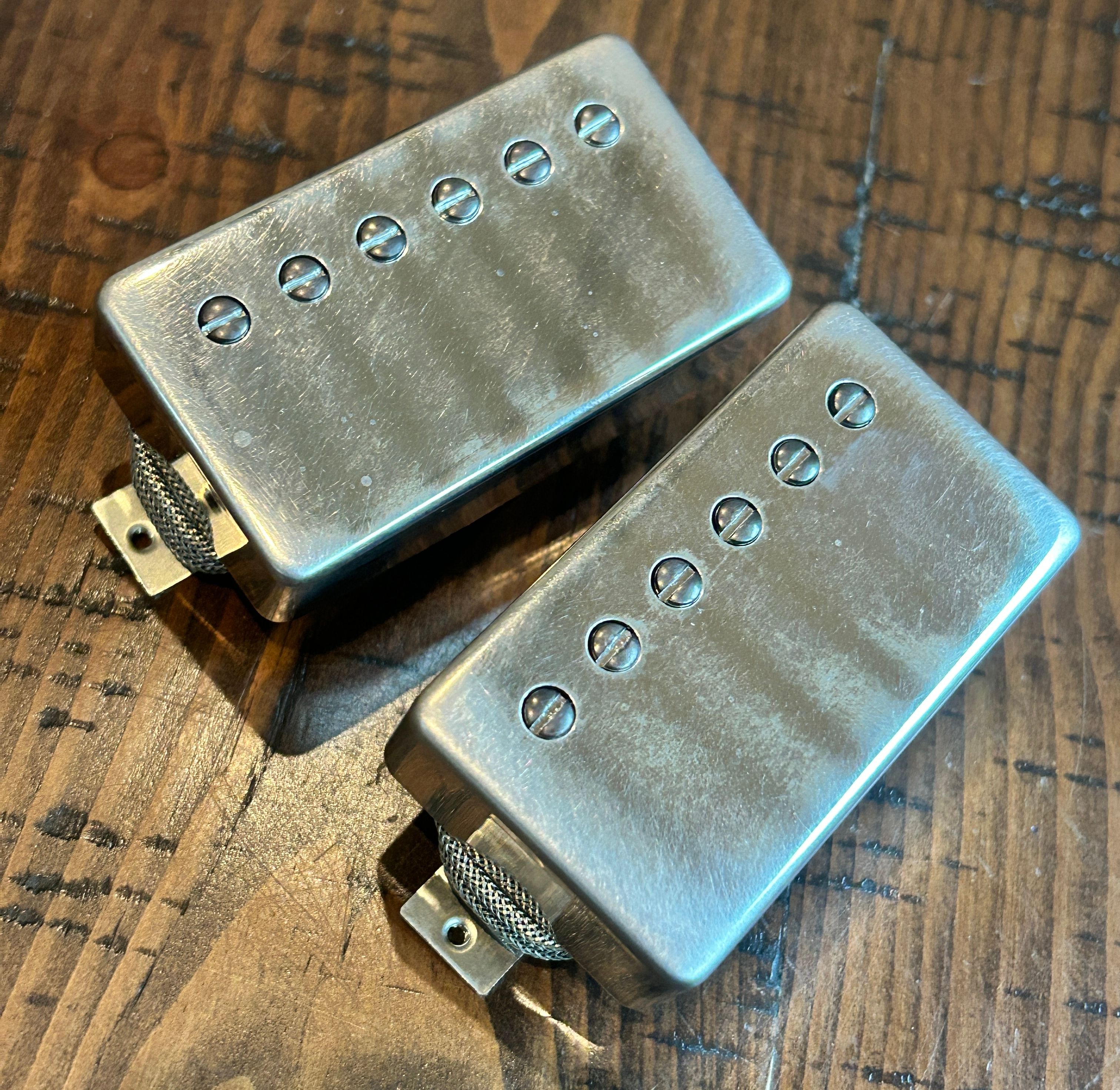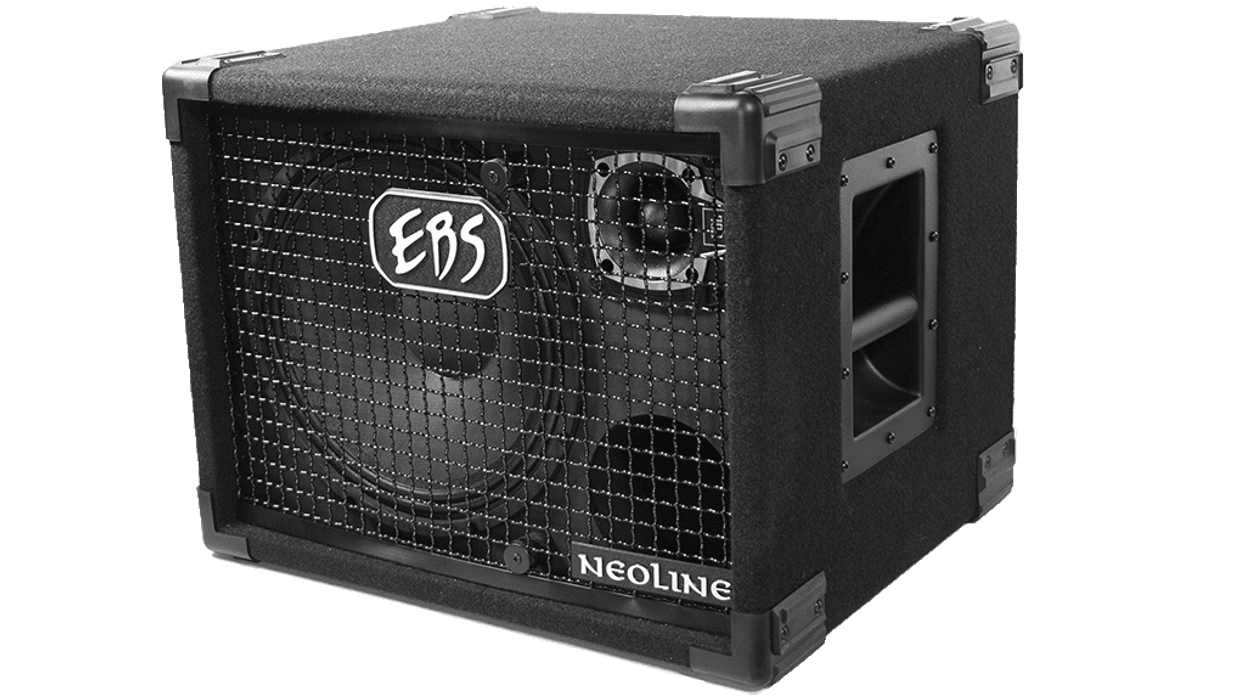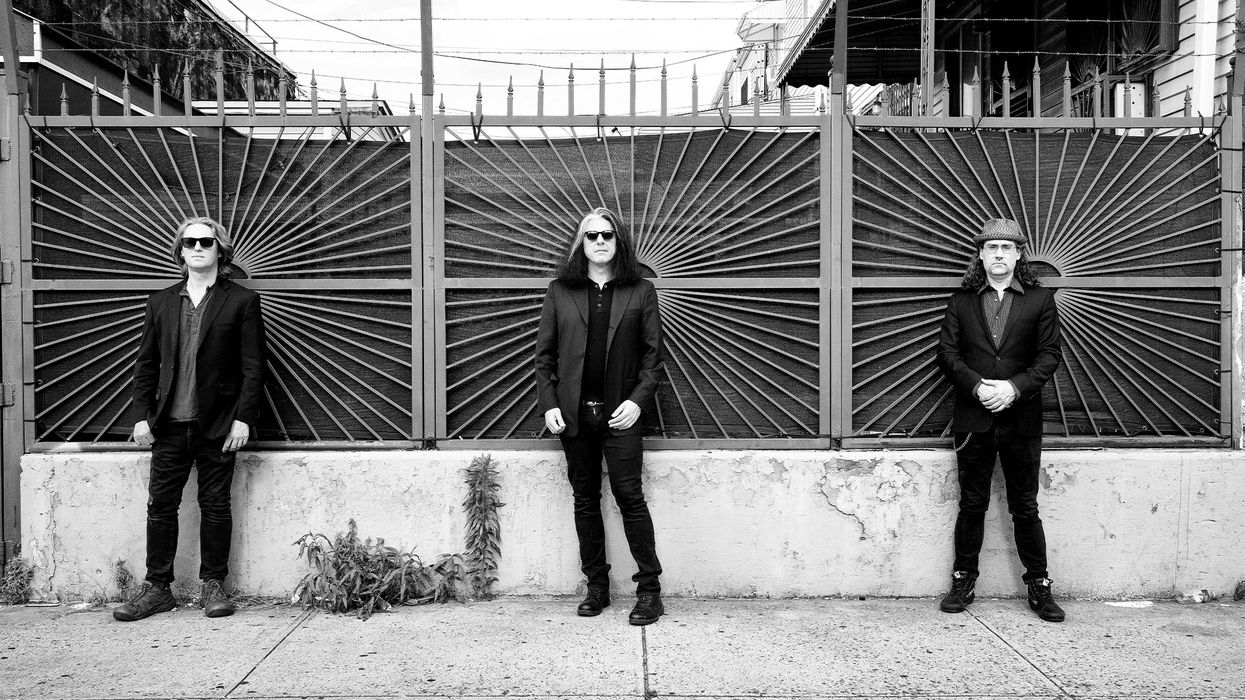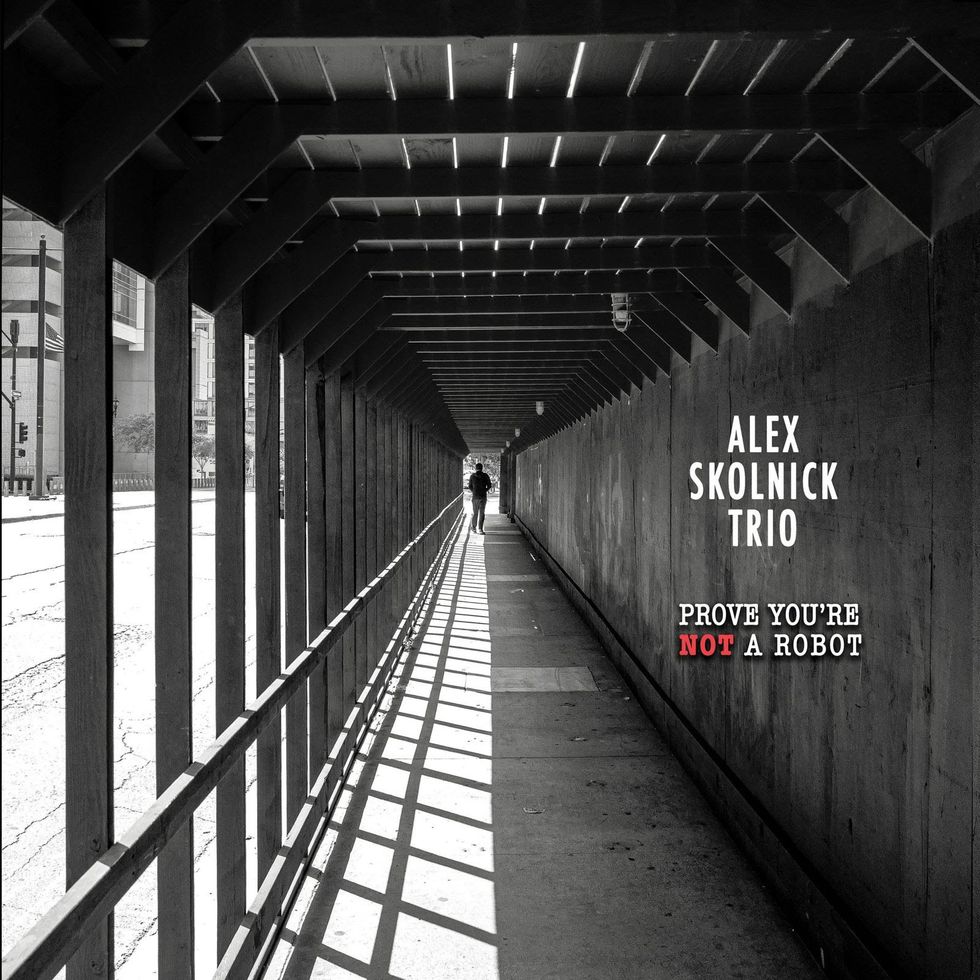With internally adjustable midrange boost and versatile Voice 2, these pickups are designed to capture the killer tones of 80s & 90s high performance Strats.
Amid the screaming success of the Gristle-Tone signature Telecaster and P90 pickup sets, it was no surprise that Greg wanted to contribute to the Fluence single width line next.
Unlike the Gristle-Tone for Tele and P90, the Greg Koch Gristle-Tone Signature Series Single Width set represents a modern approach, extracting a wide variety of clean to high gain tones, from the pure, wide-open Voice 1, through the mid-forward vocabulary in Voice 2 with broad control over the midrange qualities to meet all of Greg’s single width needs.
For this set, Greg wanted to capture the killer tones of 80s & 90s high performance Strats, which deliver a wide-band Hi-Fi sound, with more dynamics and versatility. A resonant shift in the 2 & 4 positions can bring out those glassy, toothy in-between tones.
An internally adjustable set-and-forget midrange boost in Voice 2 offers everything from mild added “fatness” to full blown searing leads. Pull up on the Reactive Tone Control for a fat and sassy boost.
Greg Koch says, “These pickups provide the slice and the sinew without the razor blades on the high end and the flabbiness on the low end….Voice 2 brings the heat when you need to go in for the win!"
The pickups are available as a 6-string set and come in white or black. Street price in the U.S. is $269.95 for the set.+`
For more information, please visit fishman.com.
